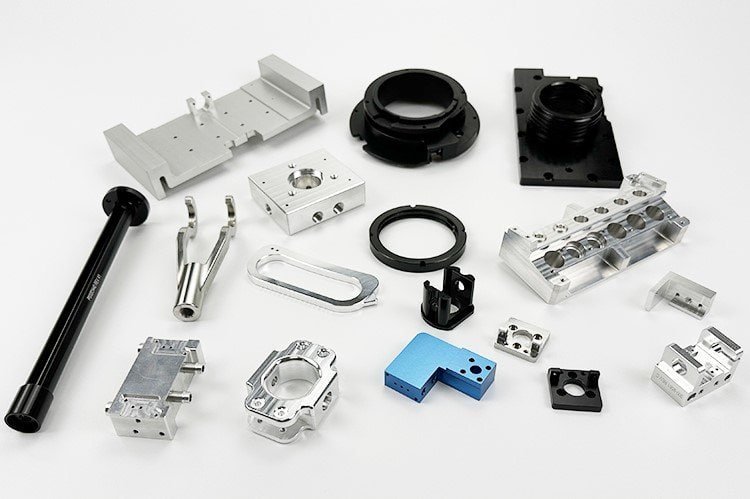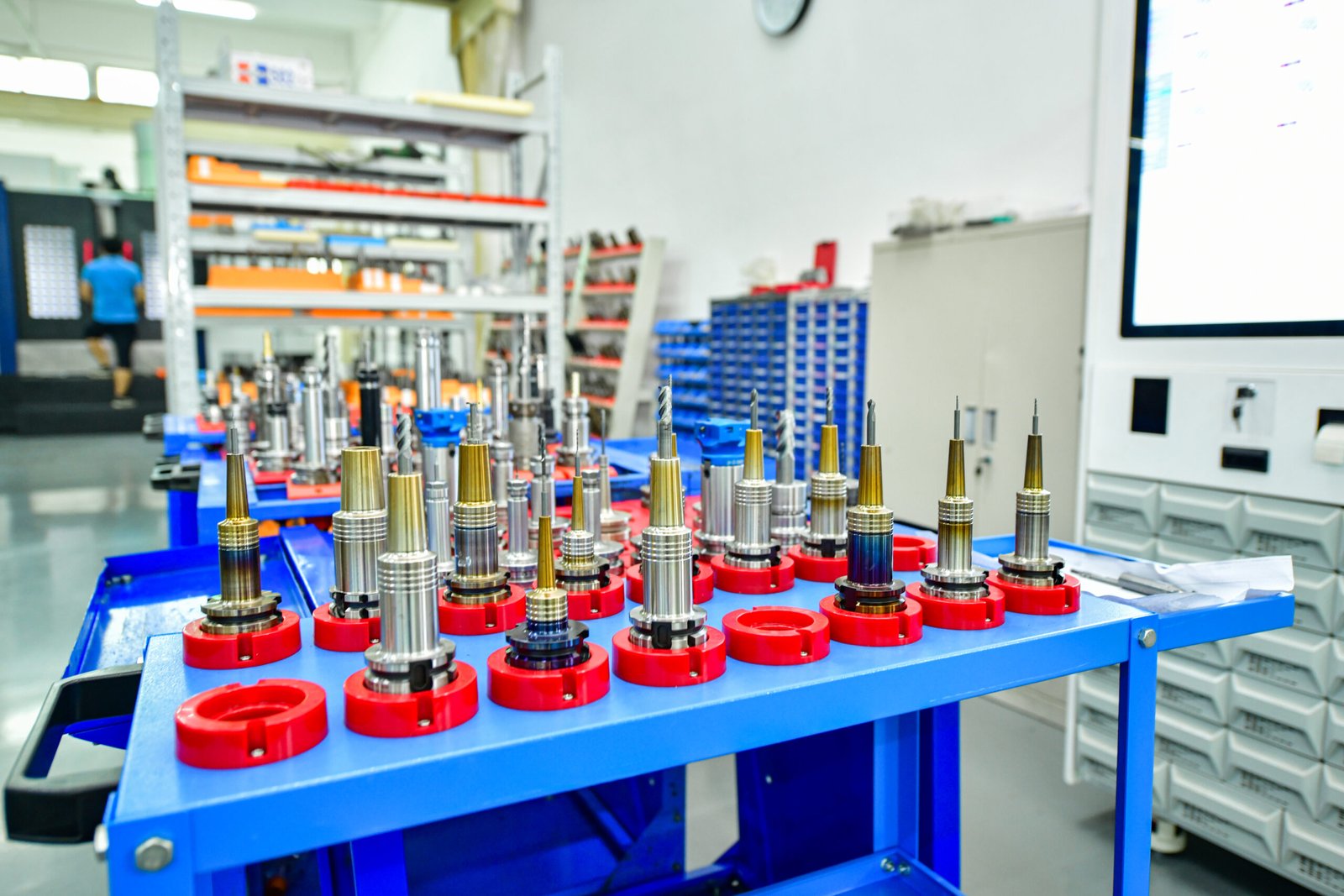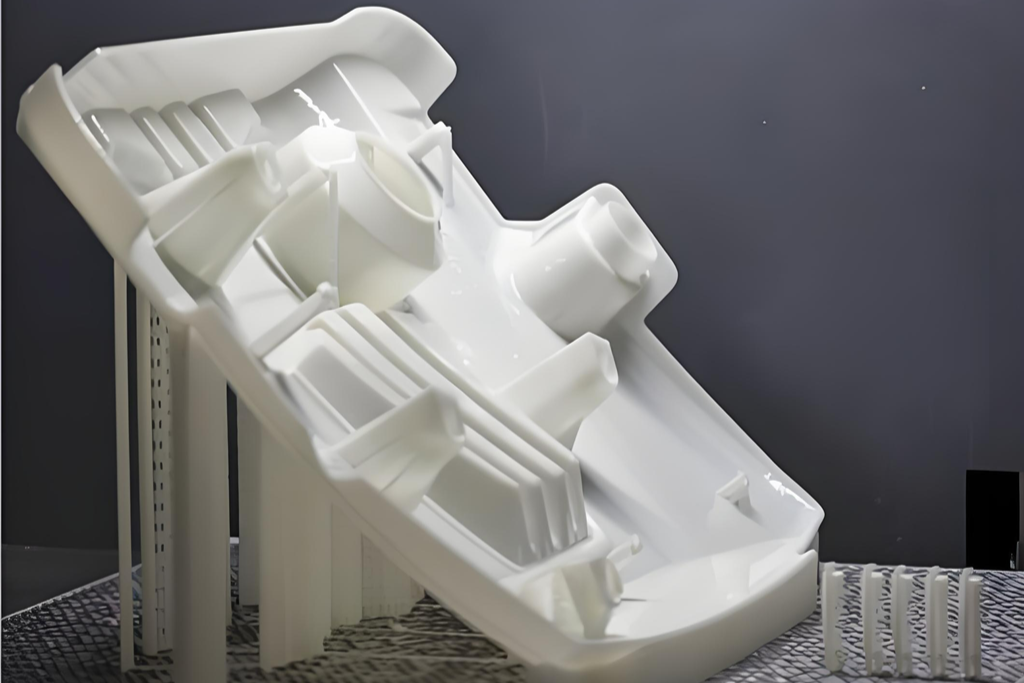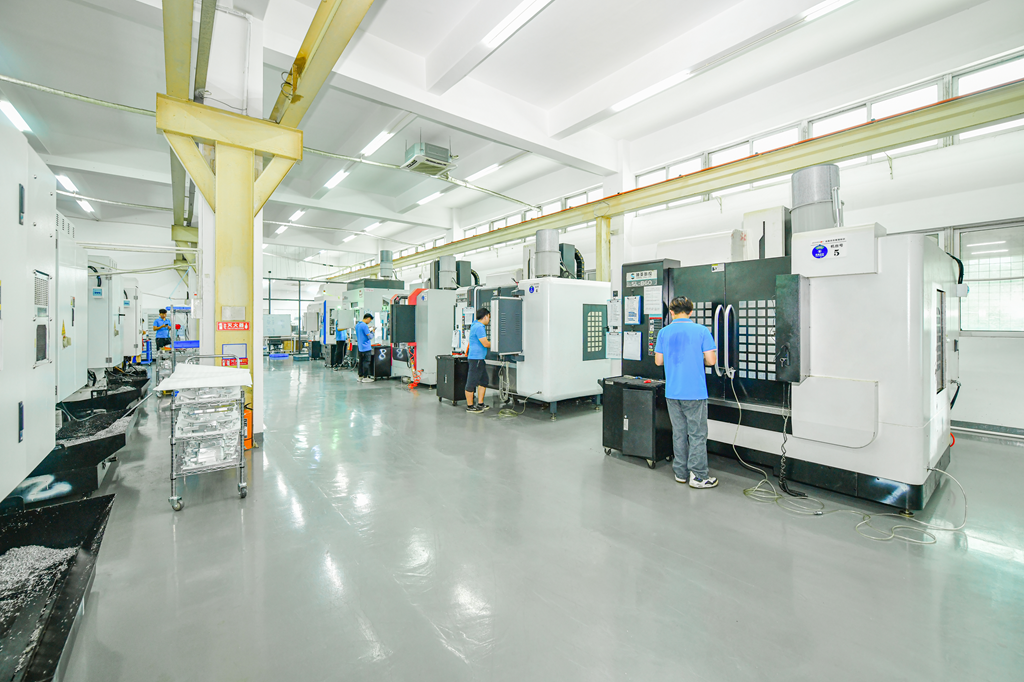Why Low Volume CNC Machining Matters More Than You Think
When people hear “CNC machining,” they often picture huge factories churning out thousands, even millions, of identical parts. But here’s the thing: not every company needs that. What if you only need 50 parts for a prototype? Or 200 custom components for a limited-edition product? That’s where Low Volume CNC Machining becomes a game-changer.
In this guide, we’ll walk you through everything — from what low volume CNC machining really is, why it’s so useful for modern businesses, to practical tips for reducing costs. No jargon, no fluff. Just clear, helpful info. Ready? Let’s dive in.
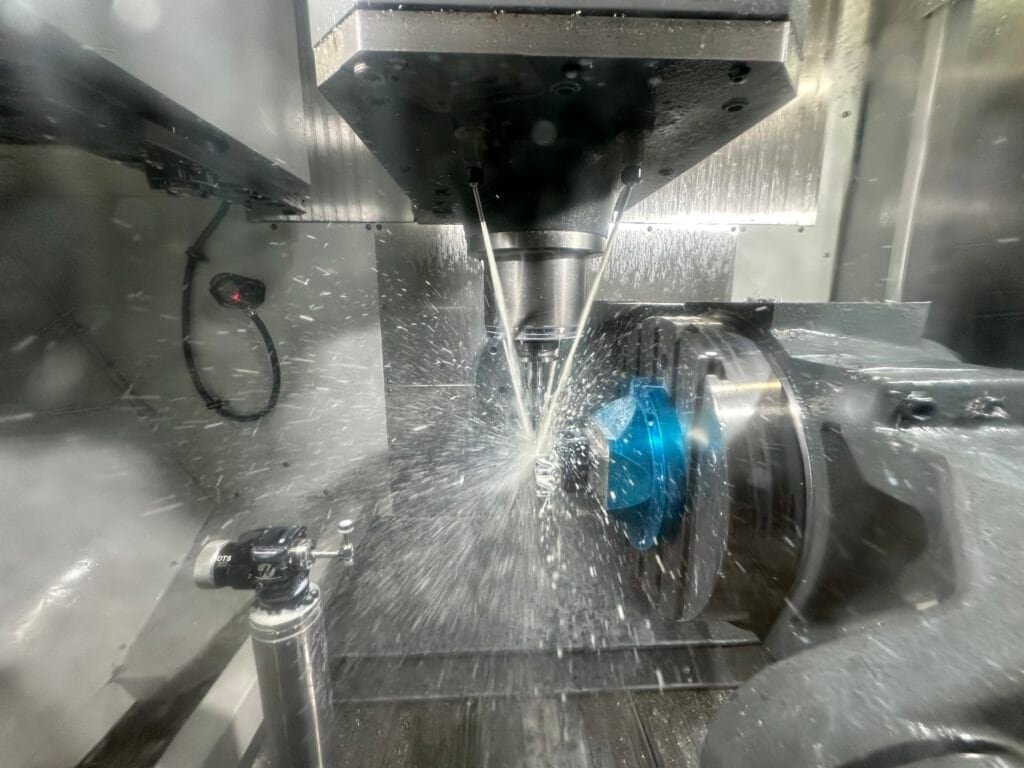
What Exactly is Low Volume CNC Machining?
Think of Low Volume CNC Machining as the sweet spot between prototyping and mass production. You’re making real, high-quality parts — but in smaller quantities, typically between 10 and 10,000 pieces.
Some shops call 100 units “low volume.” Others say it’s anything under 5,000. The number itself doesn’t matter as much as the idea:
You get professional-grade CNC parts without committing to huge production runs.
This method is perfect for:
Product prototyping
Limited edition product runs
Custom parts for specific clients
Market testing batches
Emergency replacements
It’s not about cutting corners. It’s about smart, flexible manufacturing that fits your real needs.
Why Low Volume CNC Machining is a Smart Move
Let’s break down why so many companies — from startups to big players — choose low volume CNC machining.
1. Cost-Effective for Small Runs
Large-scale production seems cheap per unit, but the upfront investment? Massive. You’re paying for molds, tooling, setup… easily tens of thousands of dollars. For a small batch, that’s overkill.
Low volume CNC skips those huge setup costs. You can order small quantities and stay within budget. Especially important for startups testing new products or small businesses with niche markets.
2. High Precision, Every Time
Small batch doesn’t mean lower quality. In fact, with fewer parts to focus on, machinists can pay extra attention to each detail.
Whether it’s aerospace parts needing micrometer precision, or custom medical tools, CNC ensures repeatability and accuracy.
3. Fast Time to Market
In fast-moving industries, getting your product out quickly is critical. Low volume CNC lets you create, test, tweak, and launch faster.
No need to wait months for mass production — you can get functional parts in weeks, sometimes even days.
4. Flexibility in Design & Production
Small batches mean you can refine your design between production runs. Found a flaw in your prototype? Adjust and re-run.
This agility is gold for product development, especially in competitive markets.
5. Lower Inventory Risk
Instead of producing thousands of units that might not sell, you can produce what you need, when you need it.
Less warehousing. Less overstock. Less financial risk. More freedom to pivot if market trends change.
Common Applications of Low Volume CNC Machining
So, who actually uses low volume CNC machining? Pretty much every industry where precision, flexibility, and small batch production matters.
1. Prototyping New Product Designs
Before going full throttle into mass production, businesses often need to test and validate new designs. Low volume CNC machining provides the perfect solution by enabling quick production of high-precision prototypes. This allows engineers and designers to evaluate functionality, fit, and finish in real-world conditions, helping them spot potential issues early and make improvements before scaling up.
2. Small-Batch Production for Niche Markets
Not every product is destined for mass markets. For specialized industries—like medical devices, aerospace components, or high-end custom machinery—small-batch production is often all that’s needed. Low volume CNC machining allows manufacturers to fulfill these niche orders efficiently, maintaining high quality while avoiding the excessive costs associated with large-scale manufacturing.
3. Bridge Production Between Prototypes and Mass Manufacturing
There’s often a “gray area” between prototype development and full-scale production. This is where low volume CNC machining shines. It acts as a bridge, allowing companies to produce limited runs for market testing, pilot launches, or early customer orders. This helps validate demand, gather user feedback, and fine-tune production processes before committing to high-volume manufacturing investments.
Challenges of Low Volume CNC Machining
1. Higher Per-Unit Cost Compared to Mass Production
While low volume CNC machining saves money on upfront tooling, the per-unit cost is typically higher than mass production. This is because the economies of scale that reduce unit prices in large runs don’t apply here. However, for projects where flexibility, speed, and precision are more important than sheer quantity, the trade-off is often well worth it.
2. Limited Cost Benefits for Very Large Orders
If your production needs suddenly jump from hundreds to tens of thousands of parts, low volume CNC machining becomes less economical. At that scale, traditional mass production methods like injection molding or die casting offer better cost efficiency. So, while CNC machining excels in smaller quantities, it’s not the go-to for high-volume manufacturing.
3. Machine Time and Labor Intensity
CNC machining, especially for low volumes, involves significant machine time and skilled operator involvement. Unlike automated mass production lines, each setup, adjustment, and quality check requires careful attention. This can lead to longer overall processing times for certain complex parts, making scheduling and resource allocation important considerations for manufacturers.
Low Volume CNC Machining vs. Mass Production
1. Flexibility vs. Fixed Tooling
One of the biggest differences lies in how adaptable each method is. Mass production relies on fixed tooling—like injection molds or casting dies—that are expensive and time-consuming to produce. Once they’re made, changing a design becomes a costly headache. In contrast, low volume CNC machining doesn’t need such dedicated tools. You can easily modify CAD files and start producing updated parts right away. For projects that involve frequent design iterations or custom variations, this flexibility is a huge advantage.
2. Lead Time: Rapid Prototyping vs. Long Setup Times
Setting up for mass production often involves weeks (or even months) of preparation—designing molds, creating jigs, fine-tuning assembly lines. Low volume CNC machining skips most of that hassle. Since CNC machines can switch between different jobs with minimal setup, you get faster production cycles. This is especially valuable for prototyping, pilot runs, or getting early products to market before your competitors.
3. Cost Structure: Upfront Investment vs. Pay-Per-Need
Mass production offers lower per-unit costs, but only after you’ve made significant upfront investments in tooling, setup, and volume commitments. For small batches, this simply doesn’t make financial sense. Low volume CNC machining operates on a pay-per-need basis—you’re only paying for the parts you produce, without massive initial expenses. For startups, custom manufacturers, or companies testing new products, this model is far more budget-friendly.
How to Choose a Reliable Low Volume CNC Machining Partner
1. Evaluate Experience and Industry Expertise
Not all CNC machining providers are created equal. Look for partners with proven experience in handling low volume projects, especially in your industry. For example, machining aerospace components demands a different level of precision and quality control compared to consumer electronics. A supplier with relevant case studies or customer references can give you confidence in their capabilities.
2. Check Their Equipment and Technical Capabilities
Modern CNC machining relies heavily on advanced equipment—5-axis machining centers, precision measuring tools, and efficient CAM software. Ask potential partners about their machinery, tolerances they can achieve, and how they handle complex geometries. The right equipment ensures your parts meet exact specifications, even in small quantities.
3. Assess Quality Control Processes
For low volume production, every part counts. Unlike mass production where a few defects might be acceptable, small batches demand rigorous quality assurance. Ensure your machining partner has strict inspection protocols, such as first-article inspections, in-process checks, and final quality audits. Certifications like ISO 9001 or AS9100 are also strong indicators of their commitment to quality.
4. Communication and Customer Support Matter
A good machining partner isn’t just about machines and tolerances—they should also be easy to communicate with. Since low volume projects often involve design tweaks, feedback loops, and tight timelines, responsive customer support can make a big difference. Look for a partner who’s proactive, transparent, and willing to collaborate closely with you throughout the project.
Final Thoughts
Low volume CNC machining doesn’t have to break the bank. In fact, with the right approach, it becomes one of the smartest ways to get high-quality parts—without the heavy investment of mass production. By carefully considering your design choices, selecting the right materials, balancing tolerances, and optimizing production strategies, you can fully leverage the precision and flexibility of CNC machining while keeping costs under control.
For startups launching new products, small businesses needing custom components, or larger companies testing prototypes, low volume CNC machining offers the perfect balance between quality, speed, and affordability. It allows you to stay agile, iterate quickly, and bring products to market faster—all without committing to massive production runs.
In today’s fast-paced industries, where customization and time-to-market are critical, low volume CNC remains a smart, scalable solution for businesses of all sizes.
Ready to Start Your Project?
If you’re considering low volume CNC machining for your next project, we’re here to help. Whether you have detailed drawings or just an initial idea, our team can guide you through the process—from quotation to final delivery.
Get in touch with us today for a free consultation or a fast, no-obligation quote.
Let’s turn your ideas into high-quality precision parts—quickly and cost-effectively.

